KTP Development Session with KTA, Stephen Woodhouse
Wednesday 20th November, 1.00pm to 2.00pm, BG315 (Bournemouth Gateway Building)
Telling a compelling story: Developing a coherent and convincing KTP application
https://www.eventbrite.co.uk/e/ktp-development-sessions-tickets-1040509119787
Developing a Coherent and Compelling Project Narrative
KTP application is not just a series of checkboxes; it’s a story. When crafting your narrative, consider the following key elements:
**The Problem Statement**: Clearly articulate the problem the business partner is facing. Avoid jargon or overly technical language; instead, focus on describing the issue in terms of its impact on the company’s operations, market position, or growth potential. Describe why the problem matters and how its resolution will create value.
**The Academic Solution**: This section should highlight your research expertise and how it aligns with the project’s needs. Provide examples of relevant past work, studies, or methodologies that showcase your department’s strengths. Be specific about how your knowledge will be applied to the problem. Remember, specificity and clarity here reinforce credibility and the potential for impactful results.
**Innovative Methodologies**: Describe the approach you’ll take to solve the problem. A strong application demonstrates not only that the academic team has the expertise but also that they have a clear, actionable plan. This might involve specifying experimental techniques, data collection strategies, or proprietary methods developed in your lab. Explain how these approaches differ from, or improve upon, traditional solutions.
Telling a compelling story is part of our series of developmental sessions for academics and businesses wishing to further their understanding of KTPs will be taking place monthly Moving between Talbot and Lansdowne Campus.
Sometimes organisations can see an opportunity for growth, something that will supercharge their business, but they don’t quite know where or how to start. That’s when a Knowledge Transfer Partnership could help.
Imagine having a specialist graduate, post-graduate or PhD student working closely with an expert academic, focused solely on bringing your idea to life. And having the UK Government fund a large proportion of that work. Often heralded as the World’s best kept secret, Knowledge Transfer Partnerships (KTPs) turn 50 this year. That makes them the UK government’s longest running and most successful innovation funding programme, investing £50m each year in R&D projects across a full range of sectors and business sizes. And companies that participate in a KTP programme are shown to grow at an exponential rate.
As part of ongoing work to grow our KTP numbers and to coincide with their milestone birthday, we are hosting a series of developmental sessions for staff (and businesses) to debunk myths, provide insights, and forge connections. These will take place once a month between October 2024 and May 2025 on Wednesday afternoons.
With 1 – 1 bookable sessions afterwards with faculty Business Engagement and Knowledge Exchange Managers and KTA, Stephen Woodhouse:
Rachel Clarke (BUBS): rclarke@bournemouth.ac.uk
Finn Morgan (SciTech): fmorgan@bournemouth.ac.uk
Matt Desmier (FMC): mdesmier@bournemouth.ac.uk
Mary-Ann Robertson (HSS): mrobertson@bournemouth.ac.uk
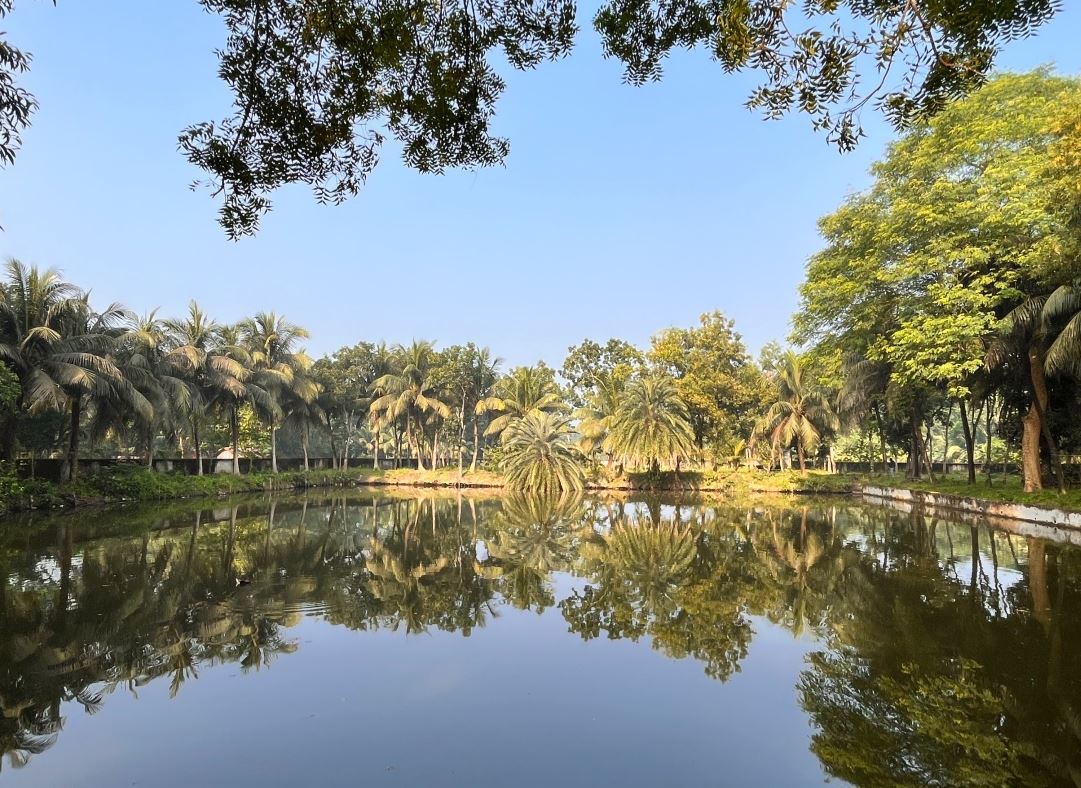
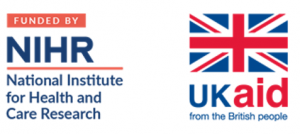
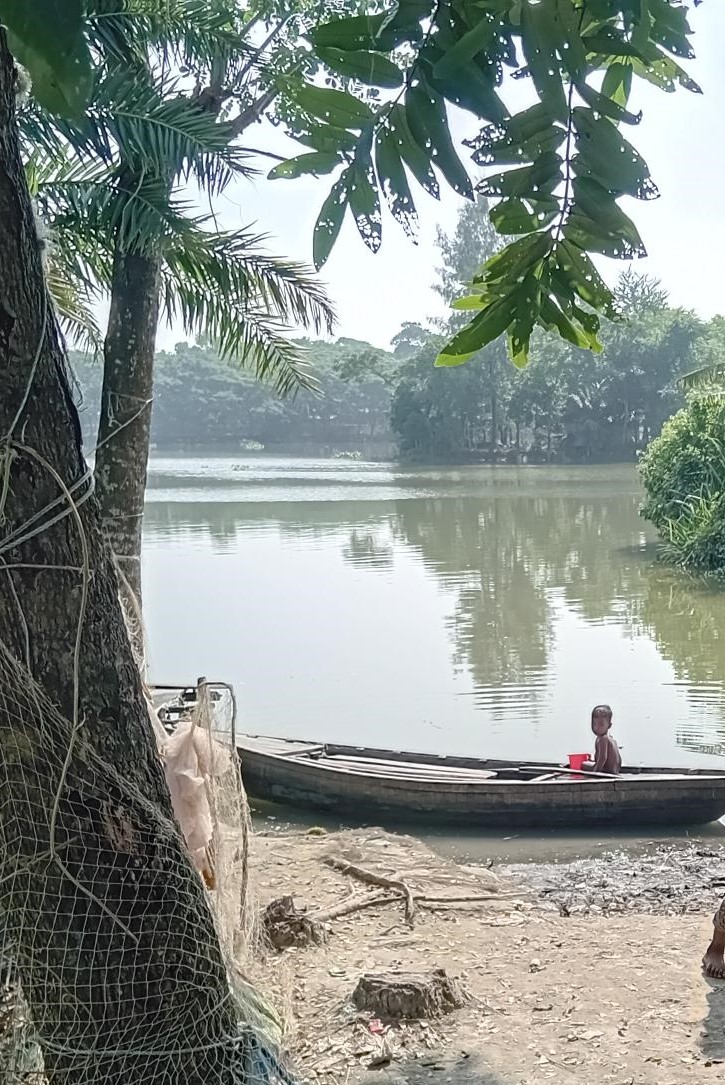
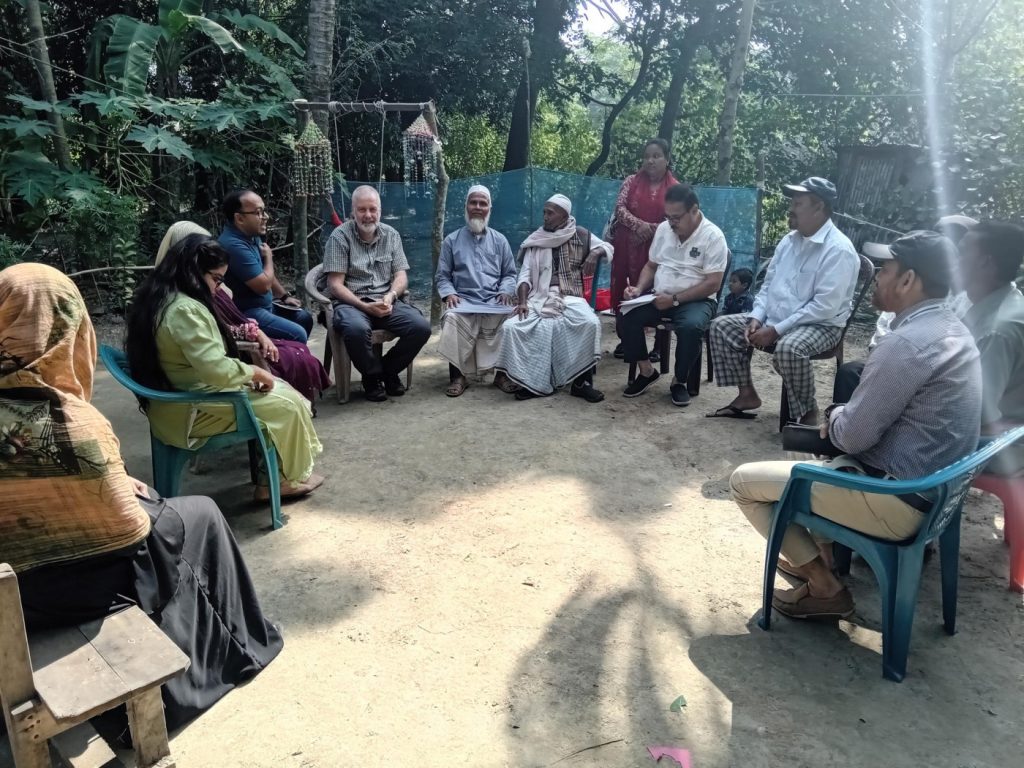
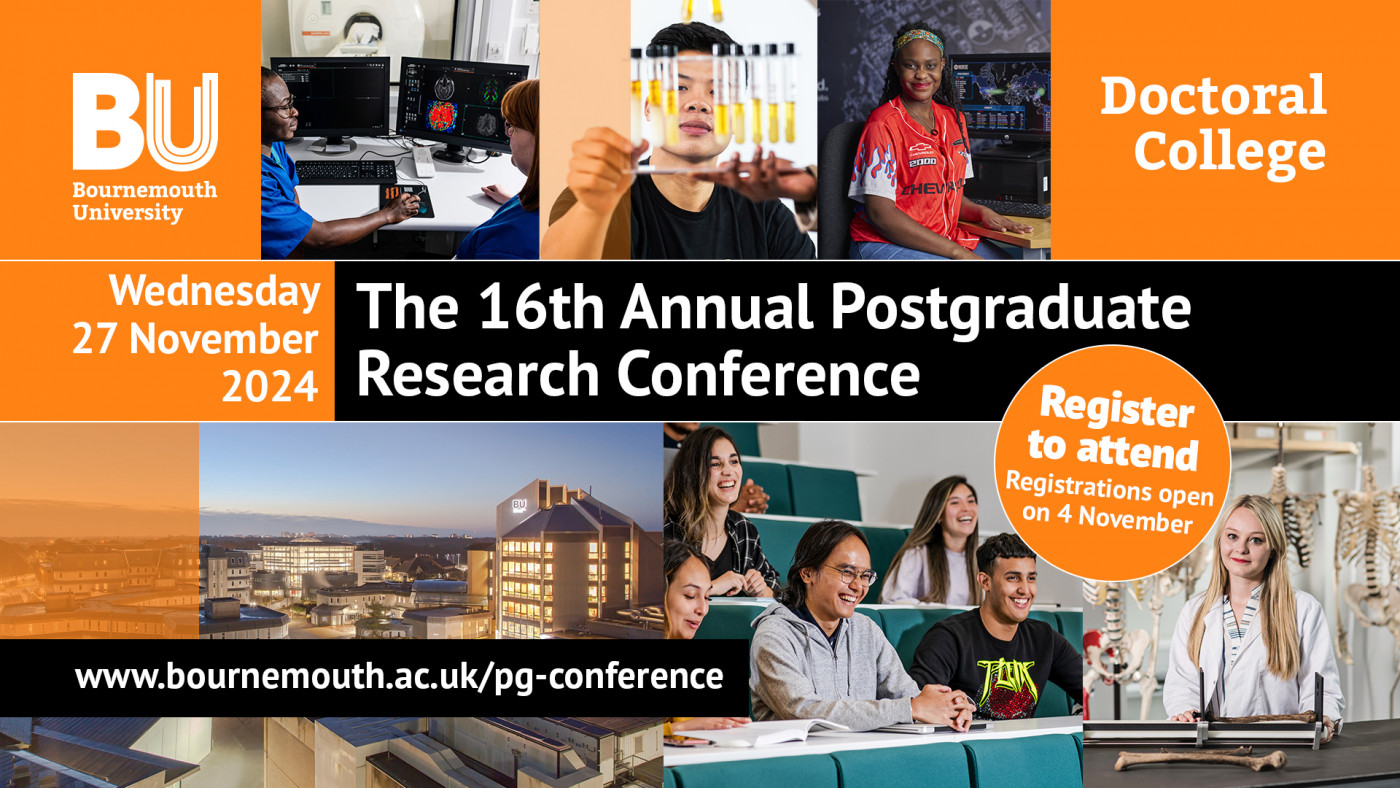
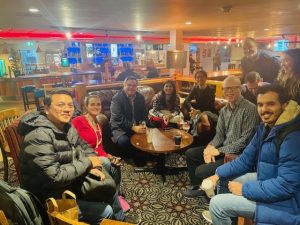
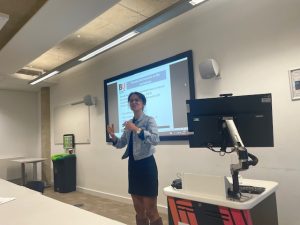
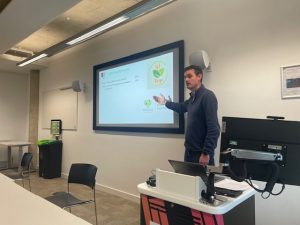
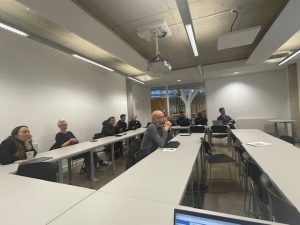

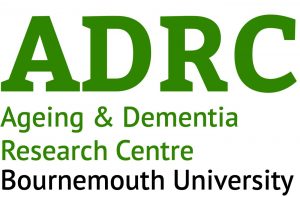





 Please help us in avoiding any waste of resources; make sure you can attend or cancel your booking prior to the session. For any further information, please contact
Please help us in avoiding any waste of resources; make sure you can attend or cancel your booking prior to the session. For any further information, please contact 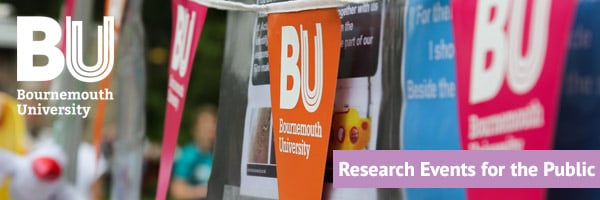


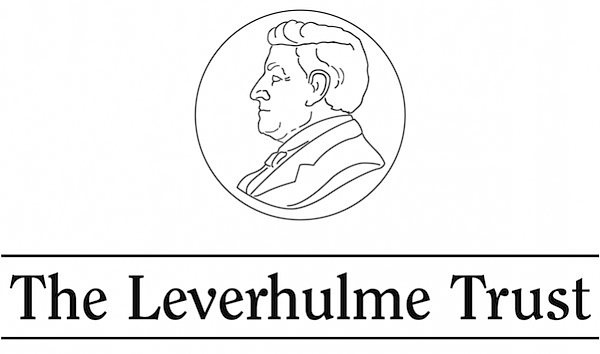 Join us at our upcoming virtual visit from The Leverhulme Trust, The Trust has been funding research for almost 100 years and has an essential role in the UK research funding landscape via its support for fundamental and higher-risk research, which has become much scarcer in some disciplines in recent years.
Join us at our upcoming virtual visit from The Leverhulme Trust, The Trust has been funding research for almost 100 years and has an essential role in the UK research funding landscape via its support for fundamental and higher-risk research, which has become much scarcer in some disciplines in recent years.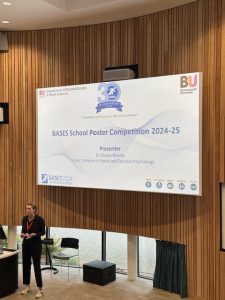
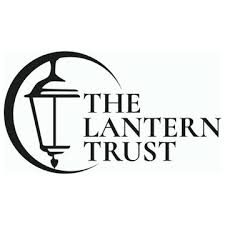
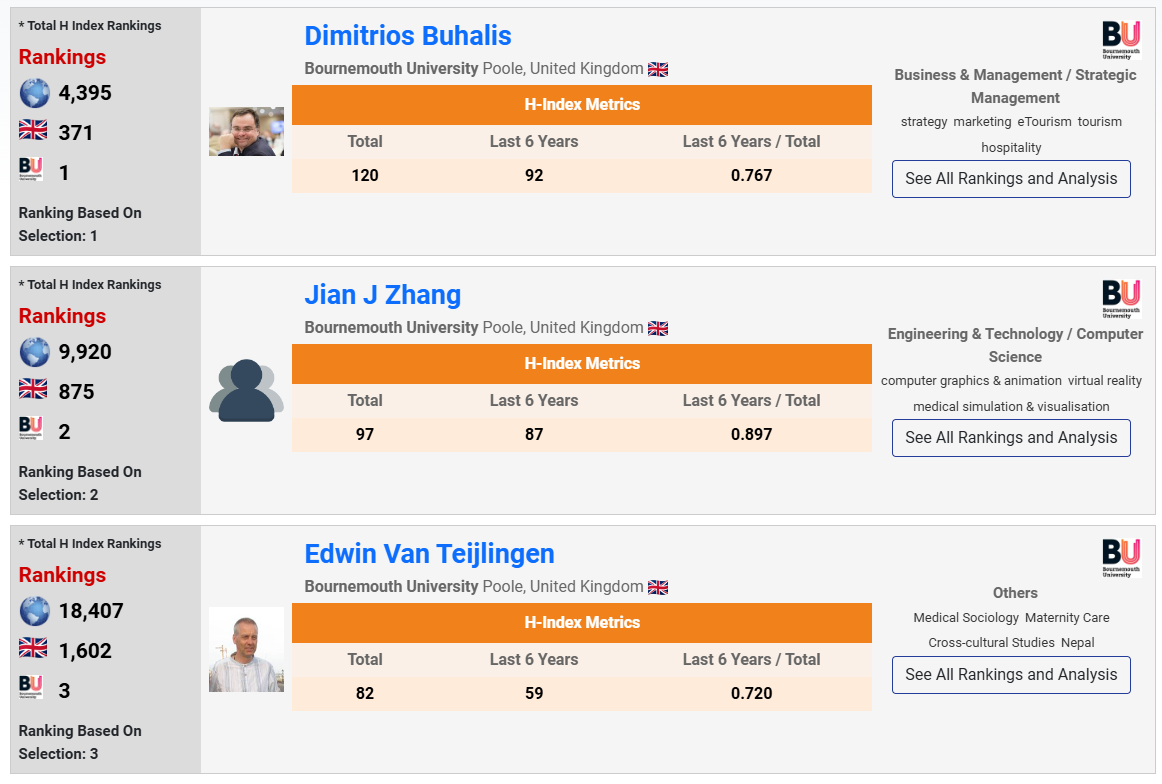










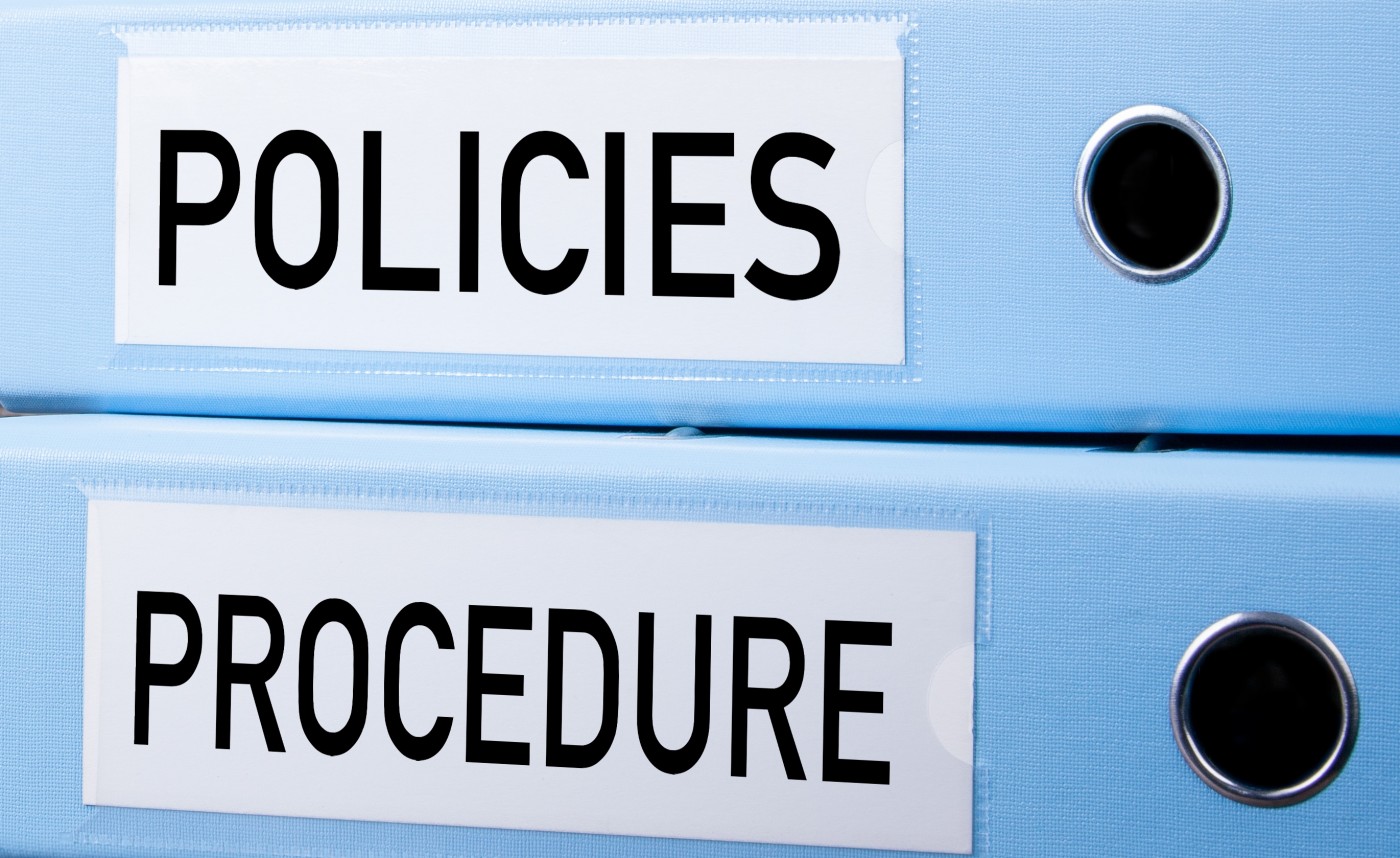
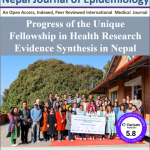 Final Bournemouth University publication of 2025
Final Bournemouth University publication of 2025 On Christmas Day in the Morning…
On Christmas Day in the Morning… New Nepal scoping review on maternal & neonatal health
New Nepal scoping review on maternal & neonatal health Fourth INRC Symposium: From Clinical Applications to Neuro-Inspired Computation
Fourth INRC Symposium: From Clinical Applications to Neuro-Inspired Computation ECR Funding Open Call: Research Culture & Community Grant – Application Deadline Friday 12 December
ECR Funding Open Call: Research Culture & Community Grant – Application Deadline Friday 12 December MSCA Postdoctoral Fellowships 2025 Call
MSCA Postdoctoral Fellowships 2025 Call ERC Advanced Grant 2025 Webinar
ERC Advanced Grant 2025 Webinar Horizon Europe Work Programme 2025 Published
Horizon Europe Work Programme 2025 Published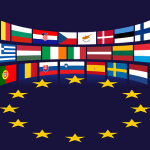 Horizon Europe 2025 Work Programme pre-Published
Horizon Europe 2025 Work Programme pre-Published Update on UKRO services
Update on UKRO services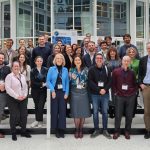 European research project exploring use of ‘virtual twins’ to better manage metabolic associated fatty liver disease
European research project exploring use of ‘virtual twins’ to better manage metabolic associated fatty liver disease